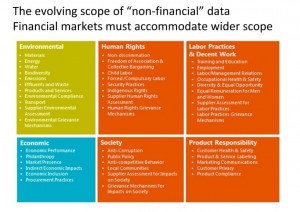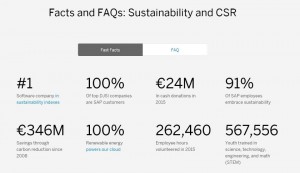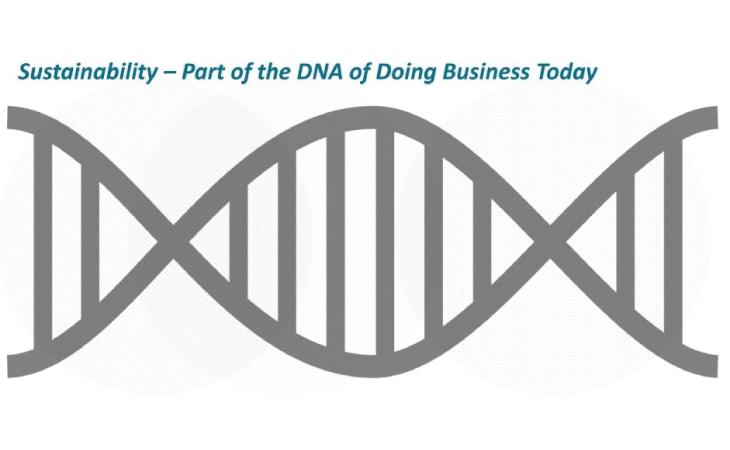This website uses cookies so that we can provide you with the best user experience possible. Cookie information is stored in your browser and performs functions such as recognising you when you return to our website and helping our team to understand which sections of the website you find most interesting and useful.
News
Why Your Company Needs a Sustainability Strategy
Sustainability has to be part of your corporate DNA.
That was the key takeaway from a session at Vinyl360 that was focused on the business case for corporate social responsibility. The session featured the Vinyl Institute’s Cristian Barcan along with Jim Sullivan, vice president of sustainability management and strategy for SAP.
Barcan said that companies and industries today face a choice: be a follower – or be a leader to drive improvement and sustainability. He then highlighted the key elements of a sustainability leadership strategy:
- clear purpose and positioning – and a unified voice
- celebrating success (e.g., what your company has already done to create more sustainable vinyl products)
- purpose-driven roadmap (i.e., what comes next)
- purpose-driven innovation
Barcan also noted that the vinyl industry has established an industry-wide collaboration platform, the Vinyl Business and Sustainability Council (VBSC), to drive the key elements of the industry’s own sustainability initiative. In addition, the VBSC is aiming to establish a branded performance initiative to communicate its strategy and achievements and, he said, “translate sustainability in the vinyl industry for the industries we serve along with our end users.”
There’s a financial case for corporate sustainability.


In addition to talking about the leadership component, Barcan identified two key drivers of corporate sustainability initiatives: stakeholders and stock exchanges. He noted that the financial markets are asking questions about a wide range of non-financial business drivers (e.g., human rights, labor practices, anti-corruption) and looking for that information to be embedded into companies’ annual reports.
Barcan highlighted some data from NASDAQ on the growth in exchange-driven reporting. In particular, he noted:
- 12 exchanges have environmental, social, and governance disclosure rules
- 15 exchanges have published listed company disclosure guidance
- 23 exchanges have committed to publishing guidance in 2016
To reinforce the point that companies have to take their corporate social responsibilities seriously, Barcan warned that verification is coming. He said that while, for now, there are no requirements for either an audit or sustainability certification, he said that it is a likely next step.
Here’s how SAP has embedded sustainability.


Jim Sullivan talked SAP’s nearly decade-long sustainability journey and how the company has embedded sustainability into its core business.
Sullivan termed SAP an “enterprise resource planning business,” and said the company recognized in 2009 that it needed to figure out its own resource use (particularly chemical, social, and embedded energy use). As a first step, the company adopted a CEO and board-level strategy. It also named a chief sustainability officer and set a few key energy goals. A couple years later, SAP established an employee ridesharing program to tackle the approximately 33 percent of its total emissions that came from commuting. For the last three years, SAP has also adopted an integrated report – putting financial and non-financial data into a single report for all stakeholders to see.
Sullivan also highlighted several ways that SAP is helping other companies with their sustainability strategies. He talked about setting science-based goals (e.g., a waterway can only handle a certain amount of pollution so what’s your strategy for cutting your emissions to water?) as well as the role of the circular economy. He cited, as an example, a chair: Don’t just say you’re going to make and sell a chair, he said, and then throw it away. Instead, make it, lease it to a space as part of a built environment. After that, he said, look at refurbishing and finding other uses for the product (and/or pieces). Sullivan also talked about not just recycling but also “upcycling” to find new and better uses for your product (e.g., remanufacturing with a new line of business, selling to a completely different industry).
Finally, Sullivan said that companies should think about the regenerative impact of their actions. “Instead of doing less bad,” he concluded, “think instead: how can I do more good in the market?”


